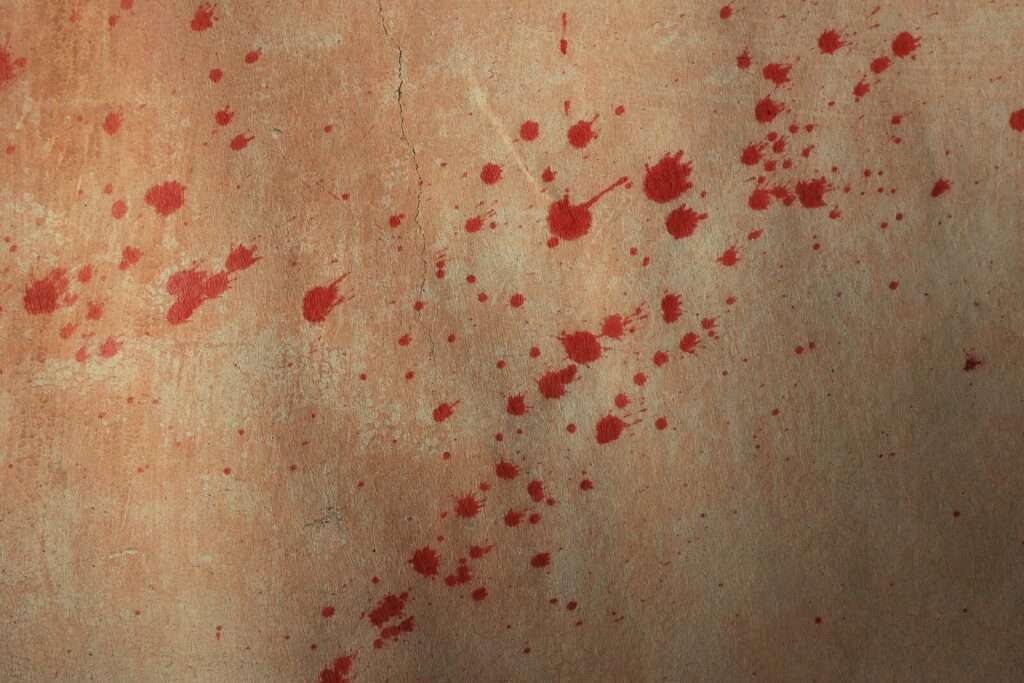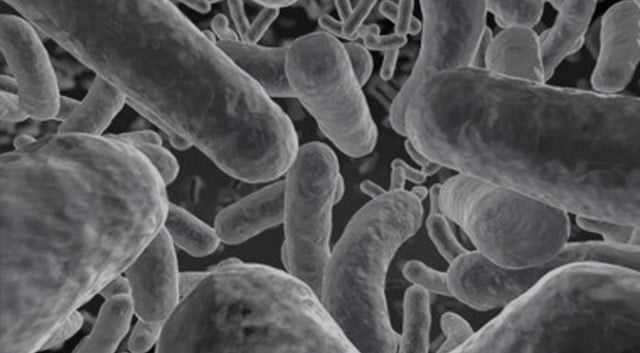Now Reading: Dissection of Lungs
-
01
Dissection of Lungs
Dissection of Lungs
When pneumothorax is suspected, it is convenient to test for it before the chest is opened. A pocket is dissected on the affected side between the chest wall and skin, and filled with water. The tip of a knife is then pierced through a submersed inter-coastal space. Air bubbles will be seen in water if pneumothorax is present. Alternatively, a 16 gauge needle attached to a 25 ml syringe filled with water is inserted through an inter-costal space; air bubbles will appear in the syringe if pneumothorax is present.
After the chest is opened the pleural sacs are inspected by lifting the lower lobes of both lungs out of the chest. Normally, the pleural cavities do not contain any appreciable quantity of fluid. If fluid is present it must be collected and measured. A specimen can be taken for microbiologic and other studies.
Before the lungs are removed, adhesions must be broken with fingers. If the adhesions are too dense the pleura should be stripped from the inner chest wall and the diaphragm so that the lungs are attached at the hilum only taking care not to lacerate the lungs in the process. The oesophagus is clamped or severed between a double ligature at the level of the diaphragm to prevent spillage of stomach contents. This is particularly important in suspected poisoning cases where collection of samples for toxicological examination is necessary.
The heart-lung block is then removed from the thoracic cavity and laid on the dissection table, anterior surface downwards, and posterior surface facing the dissector. The oesophagus is slit opened longitudinally, examined, separated from the mediastinal organs and back of trachea using scissors, and then removed. The trachea and main bronchi are usually opened along their posterior membranous walls and examined. Anterior incisions in situ are indicated in cases of aspiration and drowning.
The lungs are inspected and palpated. The degree of pulmonary oedema can be recorded by weighing. If fixation is required, one lung could be utilised for this purpose. About 3 centimetres of one main bronchus can be left for fixation of this lung. The other lung is dissected in the fresh state to obtain material for culture and smears and for any evidence of pulmonary oedema and embolism which are best assessed in the fresh lung.
The lungs should be described with special reference to their position in the thoracic cavity, size (measurements), edges, colour, consistency, weight and appearance on cut surface- cavity, consolidation, collapse, oedema, embolism, abscess, emphysema, and relationship to other structures, eg, bronchi and blood vessels.
The pulmonary bronchi are opened from the hilum towards the periphery. The pulmonary arteries are opened after the heart is removed from the lungs are turned anterior surface upwards. The lungs are cut along the longitudinal axis through the hilum in coronal plane or across the broader dimension in the sagittal plane. The left lung is cut first and then the right. The cut surfaces of the lungs, cross section of the bronchi and their ramifications, and blood vessels are examined for consolidation, oedema, emphysema, atelectases, congestion, petechiae, foreign body, mud, sand, soot, thrombi, emboli, etc. The diagnosis of pulmonary fat emboli can be confirmed by microscopic examination of the frozen section of the lungs stained for fat. In criminal abortion when soapy fluids have been injected, it is also possible to demonstrate soap in the lungs. After examination of lungs, the hilar lymph nodes should be opened along their longest diameter.
There are many special techniques for fixation of the whole lung. The most simple method is to suction off mucus or purulent materials from the bronchi and then to inflate the lung with 10% formalin solution through the main bronchus. The solution can be delivered from a bottle 50 cms above the specimen. Subsequently, a ligature is tied around the bronchus and the lung is floated in a formalin bath. The lung can be cut into slices as required even after a few hours but about three days are needed for proper fixation. Formalin irritates less if the slices are inspected underwater.
Author:
Navin Kumar Jaggi
Sayesha Suri








